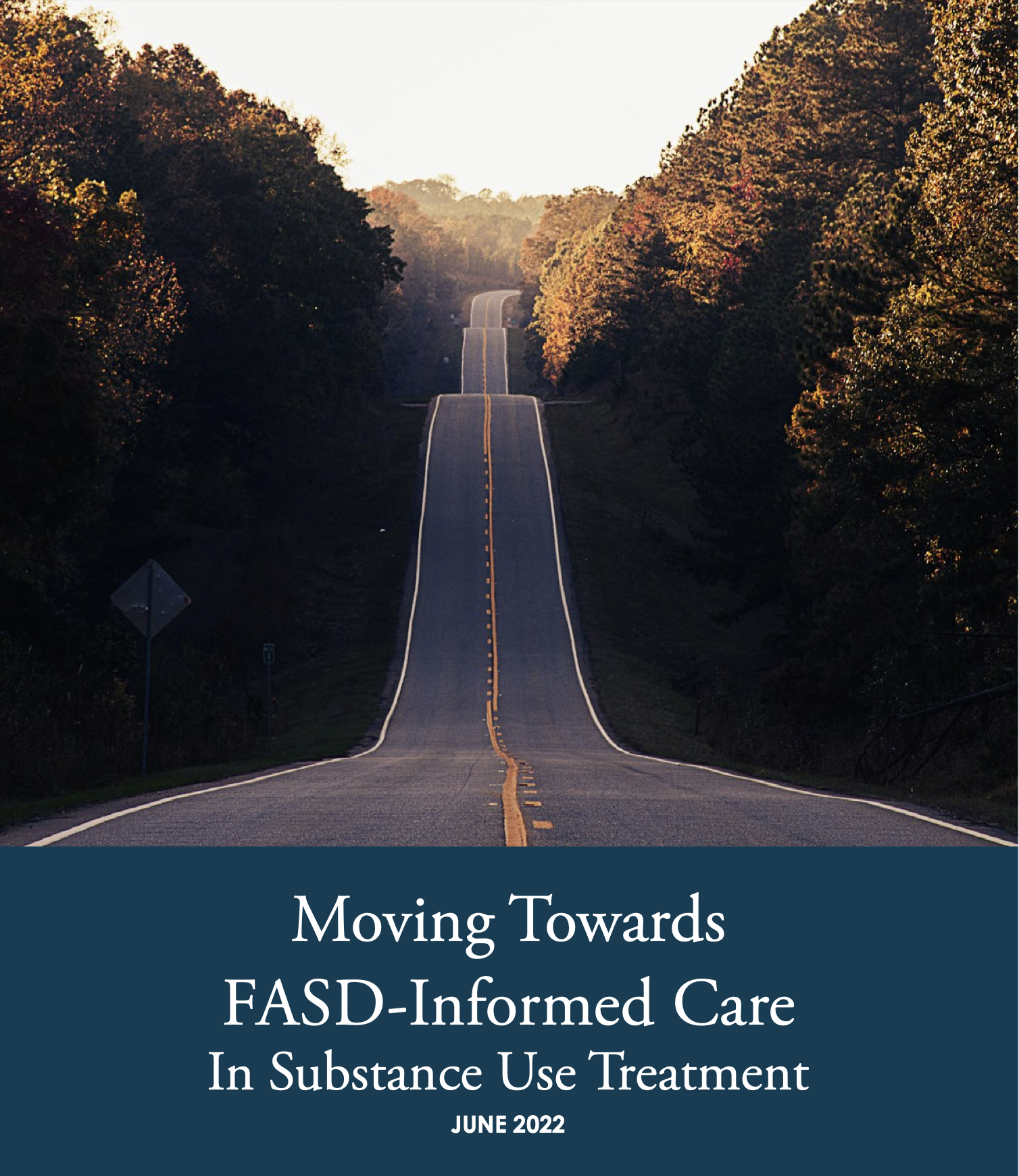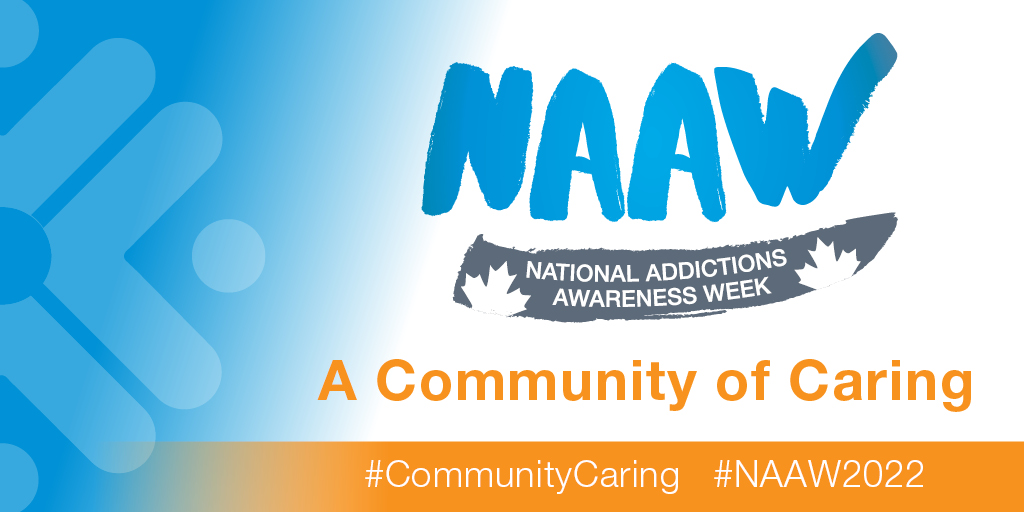It is National Addictions Awareness Week. In celebration, we wanted to share a little bit about a project we are working on to improve substance use treatment in individuals with FASD.
Substance use and individuals with fetal alcohol spectrum disorder
Based on previous research, we know substance use in individuals with FASD is high. Data from the National FASD Database shows that nearly half of individuals with FASD are using substances, alcohol and cannabis being the most common. One study reported that 38% of people with FASD were misusing alcohol and 46% other substances.
In 2016, we hosted a workshop called Learning Together. This workshop brought together individuals with FASD, caregivers, and researchers for a two-day discussion around FASD research in Canada. Among the many issues that arose, attendees identified high dropout rates from addiction treatment programs and cannabis use as major concerns.
Treating individuals with FASD who use substances
FASD is a lifelong disability impacting both the brain and body of people who were exposed to alcohol during fetal development. Because of the brain-based differences that individuals with FASD experience, they often don’t succeed in traditional substance use treatment programs.
However, everyone is capable of change and growth. It is not a question of whether or not someone with FASD will benefit from substance use treatment. The question is how can we support success for individuals with FASD in treatment programs?
To achieve this, we have to consider how we can adapt treatment and provide FASD-informed supports and services that encourage healthy outcomes. Research has shown that this population can and does succeed in treatment when it is modified appropriately. These modifications can lead to improved attitudes for caregivers and reduced stress of families, caregivers, and providers.
Researching substance use treatment and FASD
In 2020, we received funding from the Health Canada Substance Use and Addictions Program to conduct a research project on substance use treatment and FASD. Our goal was to improve substance use treatment for people with FASD. But, before we could get there, we needed to answer a bunch of different questions. How do people with FASD accesses substance use treatment? What are the barriers to successful treatment? Do service providers recognize people with FASD in their practice? What changes have programs made to work with individuals with FASD towards success?
This project had a lot of moving parts to get us from point A to point B. Our activities included:
- Publishing a scoping review of the relevant academic and grey literature;
- Doing an environmental scan to identify treatment programs in Canada;
- Conducting surveys and interviews with substance use treatment programs;
- Interviewing individuals with lived experiences;
- Collecting data specifically around cannabis use and FASD; and
- Collecting information around identification of FASD in substance use treatment programs
- Looking at cultural needs of Indigenous communities in treatment
Best practices for substance use treatment in people with FASD
All these research activities helped us to identify evidence-based best practices for treating people with FASD who are using substances. We then published a guide for substance use and addictions professionals that includes everything from identifying and screening for FASD to adjusting treatment practices to supporting interdependence, and everything in between. This information will be translated into an online course for addictions professionals.
Looking at substance use treatment in youth
Up until now, the work we’ve done has focused on adults with FASD who are using substances. But we know youth with FASD also experience substance use challenges. The National FASD Database shows that more youth with FASD use cannabis (34%) than youth in the general population (10%). Youth with FASD also exhibit higher rates of crack/cocaine use than the general population (5% vs 1%). Youth with FASD need intervention programs designed specifically for them and created with their input for substance use prevention to be successful.
We are currently conducting additional research to identify evidence-based practices to support youth with FASD in substance use treatment. In this new extension, we will explore the unique considerations for service delivery in this population, such as the developmental stages of youth and the increased role of caregivers. You can learn more about this project by checking out our most recent webinar recording!
To stay up to date and get exclusive updates on this project and others like it, become a member of CanFASD.

